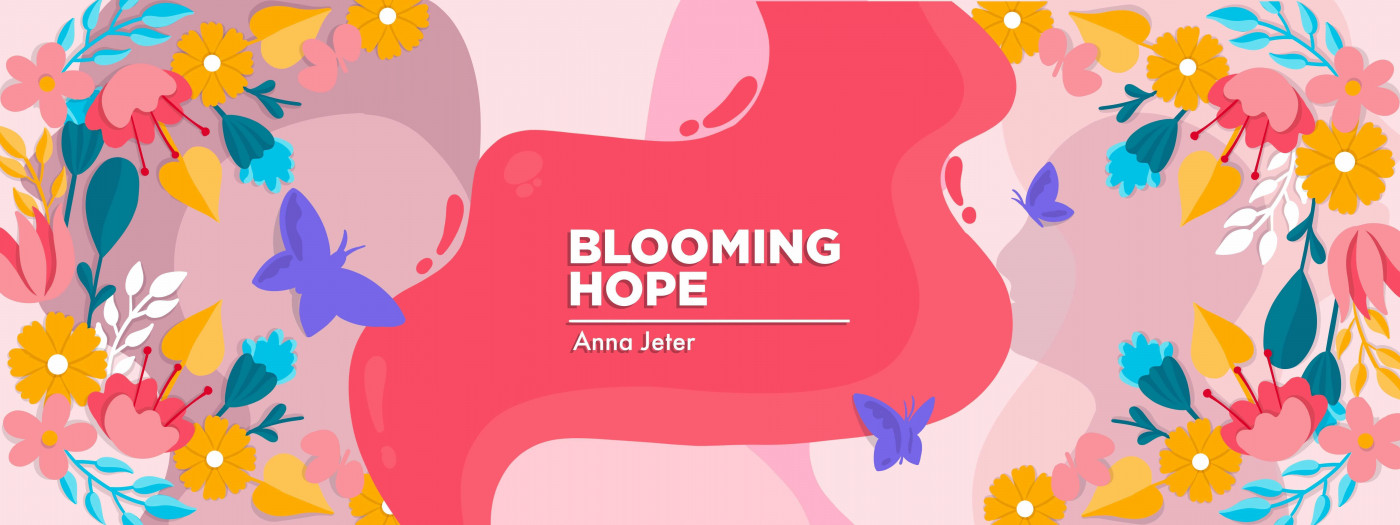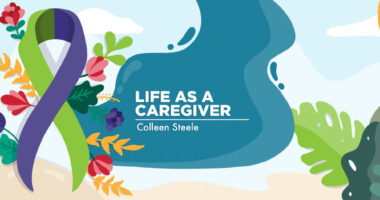A Life That’s Rarely Anything but Rare

The day you get called in for a transplant is a strange one, filled with all sorts of extreme experiences.
Something most people might not know is that, in an attempt to execute the transplant procedure efficiently, patients are taken to the operating room before the donor organs even arrive at the hospital. I ended up on the table for a full hour before my organs were given the green light and I was put under anesthesia.
In one of my many pre-transplant appointments, a doctor had explained this process to me. I don’t know what I expected, but the real experience was far more surreal than I ever could have imagined. After years of mentally preparing for my heart-lung transplant, one of the rarest solid-organ transplants, it wasn’t until this moment in a cold operating room that the immensity of it all hit me. I suddenly thought to myself, “Wow. This is a really big deal.”
I was overwhelmed with how few people had been in my same position and how truly incredulous it was that over the next hours, they would remove my heart and lungs and replace them with others. It was the wild and rare culmination of my 19 years spent fighting a wild and rare disease.
It was also one of the many times in my life when I felt like a true outlier, sitting so far past the edge of the average human experience.
When I was diagnosed with pulmonary hypertension in 1999, it was my parents who absorbed all that set me apart. I was 4, and they protected my childhood and carried the knowledge of my rareness so that I did not have to. But despite their efforts, it was impossible to prevent the reality of my differences from permeating my life.
There were many times throughout my youth when I felt set apart from the norm. Being in elementary school while a machine delivers life-saving medicine into your veins is not a very relatable experience. And having to struggle walking one lap while the rest of your classmates run the standardized mile is sure to draw attention.
Growing up, I worked hard to make these things about myself interesting — like a party trick, or a fun fact you share with others at a sleepover. Oh, you met a celebrity on spring break once? Well, I get to miss school once a year so that I can go to New York for a visit with my PH specialist. Cool, right?
But despite my best efforts, being different always seemed to result in feelings of isolation. More than anything, that was the reality that crashed down on me as I lay flat on that operating table three years ago. So many years had been spent dealing with circumstances that so few people my age could understand. And then, at just 23, I was losing my hard-fought battle to that rareness, only to immediately embark on another truly difficult and unimaginable journey.
I don’t subscribe to the idea that I was designed to be rare. Instead, I rather appreciate the notion that by being rare, I have been prepared to handle more rareness. When people say things like “I don’t know how you do it,” my first thought is always, “You could do it, too, if you had to.” We are all made for it; we are simply not all called to handle it.
My diagnoses and differences no longer feel like singular moments of my life; instead, they seem to be accumulating in a way that can sometimes seem, well, unbelievable. Perhaps rareness multiplies, rather than adds to a sum.
As I continue to come into ownership of situations that are far outside of the norm, I’m learning that rareness is not frequently distributed equally, but rather is often inherited by those who have already come to know it. It is piling up within me, something I grieve and celebrate, often in equal measure.
In a recent conversation with a friend, I was reminded of the hopeful truth that being rare can also be common, in the right context. While I often feel that I’m on a strange path that adds up to an outcome nobody else could ever come close to understanding, I also know that there are many others — people on different paths whose paths somehow take the same shape as mine.
There is a whole community of rare illness warriors that I am just beginning to know. We are stars across the sky from one another, beacons of light illuminating the many examples of the human experience that are so deserving of a voice. I’m learning from them now more than ever and am so thankful for the ways that we can be rare, together.
Note: Pulmonary Hypertension News is strictly a news and information website about the disease. It does not provide medical advice, diagnosis, or treatment. This content is not intended to be a substitute for professional medical advice, diagnosis, or treatment. Always seek the advice of your physician or other qualified health provider with any questions you may have regarding a medical condition. Never disregard professional medical advice or delay in seeking it because of something you have read on this website. The opinions expressed in this column are not those of Pulmonary Hypertension News or its parent company, Bionews, and are intended to spark discussion about issues pertaining to pulmonary hypertension.









Joann B. Torvik
Anna is a very intelligent young lady, full of joy and ready to take the next day with whatever it brings her.
Her talents are huge! Wishing everything best for you Anna!